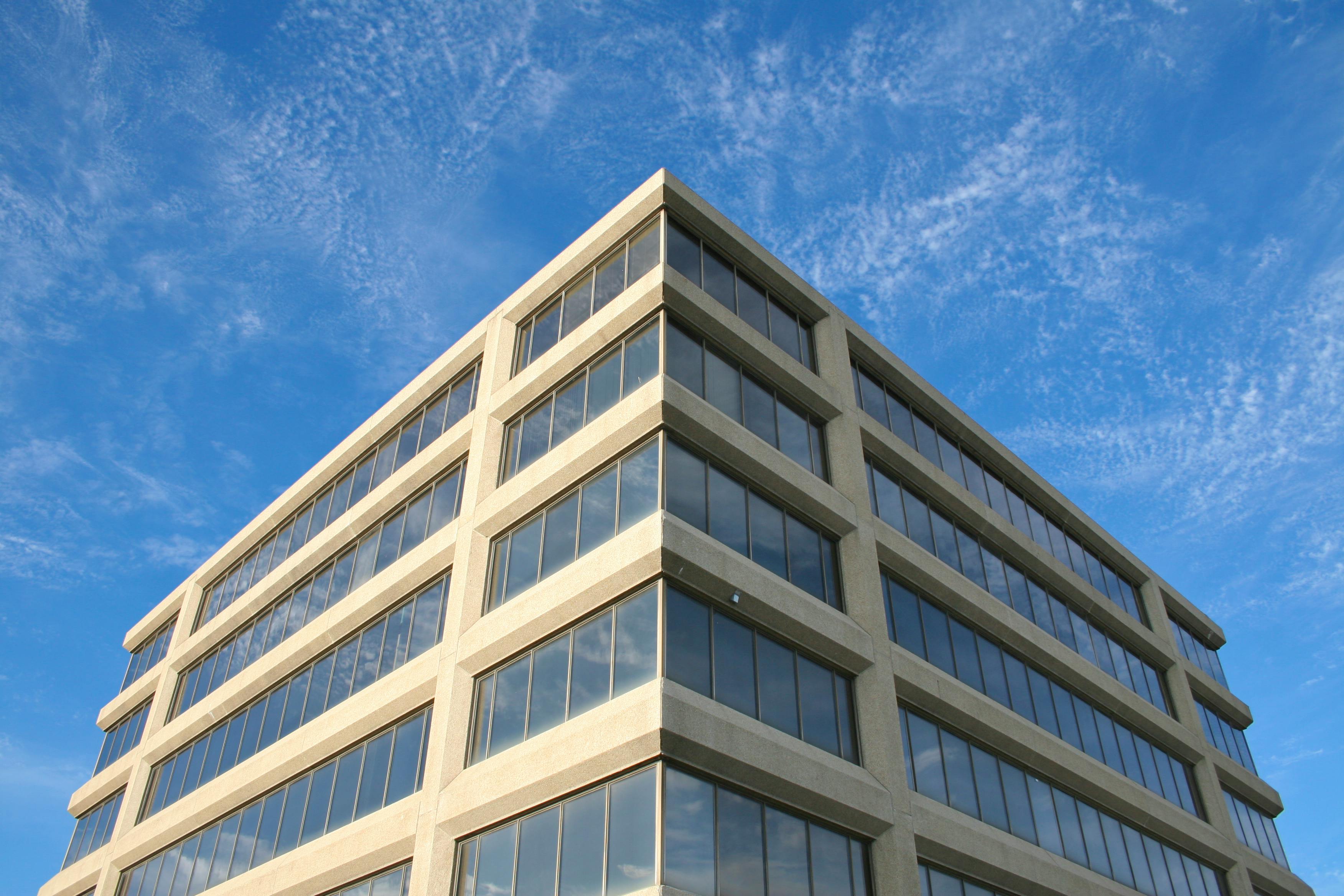There are many things to consider when building and designing an energy efficient home, which makes this task very challenging. However, recent improvements in property construction techniques and elements allow the most effective energy saving ideas to be seamlessly integrated into modern home designs while improving aesthetics, comfort and health. Although some home energy-saving features are expensive, homeowners still have many affordable options to choose from. These are some of the basic elements that energy efficient homes have in common.
1. Site selection – When building a house, the first thing to consider is the location. Build your new house near your workplace, public transport routes, school, etc. In this way, the energy used to transport from one place to another will be considerably reduced. It is also advisable to choose a site that is exposed to the lowest altitude winter sun to allow for passive solar heating. Allowing natural heat transmission through windows will help reduce heating costs. The ideal site for an energy efficient home is also sheltered from the wind to minimize heat loss. Shelter can come from nearby trees, surrounding buildings, or hills.
2. Isolation – To reduce heat loss, it is essential to have insulation levels higher than those required by local building regulations. Insulation must be properly placed around the building structure. Foundation walls and slabs should also be as adequately insulated as the walls in your living space to improve energy efficiency and comfort. Appliances such as water heaters, dryers, washers, and freezers that emit heat as a by-product should be located in the basement. By installing good insulation in your foundation walls as well as your basement floor, your appliances can help warm your home.
3. Ventilation – During the summer, excessive artificial ventilation could result in high energy waste. A well ventilated house is not completely sealed as there is a minimum requirement for fresh air for health and safety reasons. In places where summer heat is a big concern, overhangs can help protect your family from the sun. This will also reduce your dependency on your air conditioning system. Proper home ventilation involves fans, heat exchangers, and ductwork that can supply warm, fresh air to your living room and bedrooms.
4. Construction materials – It is essential to use construction materials that produce a lower environmental impact throughout their entire life cycle, which involves production, use and disposal. Make sure the building materials you use are designed to withstand extreme weather conditions, are strong and durable. Ideally, the materials should also be recyclable when they are no longer functional for your home.
5. Lighting and appliances – It is essential to use energy-saving lamps and fixtures in rooms where the lights are likely to be used for long periods of time. Although the CFL or Compact Fluorescent Lamp costs more than a regular light bulb, it saves you more on energy bills and its long lifespan. When buying appliances, choose only models that display Energy Labels with high energy efficiency.

